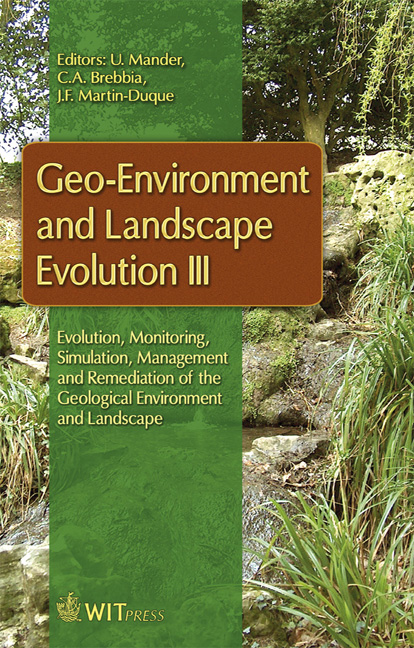The Nugget-effect Approaches Of SAKWeb© For Environmental Modelling
Price
Free (open access)
Transaction
Volume
100
Pages
10
Page Range
47 - 56
Published
2008
Size
494 kb
Paper DOI
10.2495/GEO080051
Copyright
WIT Press
Author(s)
J. Negreiros, M. Painho, A. C. Costa, P. Cabral & T. Oliveira
Abstract
Ordinary Kriging (OK) seems to achieve better spatial interpolation results than other methods regarding environmental pollution, for instance, although sampling distribution can turn out to be a problem. This latter issue leads to a crucial topic identified as the nugget-effect, the distance interval in which capturing spatial dependency is most important. SAKWeb© developments have been made using four approaches to this factor: (1) with and (2) without nuggeteffect, (3) micro-scale component and (4) measurement error inclusion that leads to a non-exact Kriging version. Although no spatial patterns can be found regarding which nugget-effect fits best, the possibility of simulating different onthe- fly models and comparing discrepancy among them is already significant in a W3 context. Keywords: GIS, geocomputation, environmental modelling, Kriging, measurement error, nugget-effect. 1 Introduction For many expertise’s such as Longley et al. [8], spatial environmental analysis within GIS has nothing to do with the general ability to describe spatial data, generally incorporated in all commercial GIS but it presents the challenge, given a spatial pattern, to explore it with an appropriate model and represent it with a graphical display. Certainly, to describe is not to explore. As Murteira [9] confirms, exploring is a detective work, a search for clues and evidence, while describing is a job of judgment, a job of analyzing and evaluating clues. Nevertheless, GIS and spatial analysis has been touched by the major aftermath of the last century: Internet. In effect, users now have the ability to
Keywords
GIS, geocomputation, environmental modelling, Kriging, measurement error, nugget-effect.





